Reports
The Fourth Nuclear-Weapons-Related Testing Site Located: Another Parchin Site, More Undeclared Nuclear Material Possible
by David Albright and Sarah Burkhard [1]
September 7, 2022
Executive Summary
Background
The Amad Plan was the code name for Iran’s crash nuclear weapons program in the 1990s and early 2000s, documented in the Iranian Nuclear Archive secured by Israel in 2018 and summarized in Iran’s Perilous Pursuit of Nuclear Weapons by David Albright, Sarah Burkhard and the Good ISIS team. The extent to which Iran continued parts of the nuclear weapons program after the Amad Plan ended in 2003 is still not fully known.
Iran has consistently violated its obligations under the Nuclear Non-Proliferation Treaty (NPT) to cooperate with the International Atomic Energy Agency (IAEA) and fully account for its past and present nuclear activities.
The IAEA has publicly discussed four locations where it found evidence of undeclared nuclear material, and it has declared one of these sites a clear nuclear safeguards violation under the NPT. The resolution of the undeclared materials, equipment, and activities at the other three locations awaits truthful answers from Iran.
Findings
The present report is a technical analysis of Golab Dareh, a test site identified in the Nuclear Archive. This is one of a number of sites associated with explosive testing of nuclear weapons components and the development of associated, high-speed diagnostic equipment. We did not know the exact location of Golab Dareh until recently when we obtained the site’s coordinates from officials knowledgeable about the Nuclear Archive.
Based on the available information, we conclude that tests using uranium may have taken place at Golab Dareh, another indication that the number of sites involving undeclared nuclear material may be larger than just the four discussed publicly by the IAEA.
Recommendations
It is critical for the IAEA to continue its investigation of Iran’s violation of nuclear safeguards under the NPT. Absent a marked shift in Iran’s actions, the IAEA Board of Governors should condemn Iran’s non-cooperation and refer the issue to the UN Security Council.
The United States and Europe should refuse Iran’s demands to end the ongoing IAEA investigation as a condition for a revived nuclear deal under the JCPOA (Joint Comprehensive Plan of Action) framework. The West should instead pressure Iran to cooperate with the IAEA by strengthening sanctions, including so-called snapback sanctions allowed for in case of Iranian non-compliance with the JCPOA.
Golab Dareh Explosive Test Site
The Parchin complex near Tehran contains another Amad Plan site, Golab Dareh, bringing the total there to three. The newly located site is one of four known sites associated with explosive testing of nuclear weapons components and the development of associated, high-speed diagnostic equipment. We have previously discussed Golab Dareh in our reports and book _Iran’s Perilous Pursuit of Nuclear Weapons,_2 but we did not know its location until recently, when we obtained the site’s coordinates from officials knowledgeable about the Iran Nuclear Archive. Based on the available information, this site may have conducted tests using uranium, another indication that the number of sites involving undeclared nuclear material may be larger than just the four cases discussed publicly by the International Atomic Energy Agency.3
Purpose
Golab Dareh was one of four identified Amad sites involved in nuclear weapons-related research and development experimentation. Figure 1 shows its location at the Parchin complex, along with the location of the other two nuclear weapons-related sites at Parchin: one is another explosives testing location that included two internal test cell facilities (Taleghan 1 and 2), and the other is the Shahid Boroujerdi underground site that was slated to make weapon-grade uranium cores of nuclear weapons. Figure 2 provides a close-up of the Golab Dareh site as it appeared in March 2004. The site features a large bunker protected by an earthen berm, another smaller bunker, and a rectangular building flanked by a blast deflection wall and berm. The two bunkers and the building are positioned in a triangle. Figure 3 contains a ground image of the main bunker at the site from the Nuclear Archive.

Figure 1. The Parchin military complex hosted three known Amad Plan sites. One, Golab Dareh; two, Taleghan 1 and 2, featuring high explosive test chambers; and three, the Shahid Boroujerdi tunnel complex, slated to make weapon-grade uranium cores of nuclear weapons.
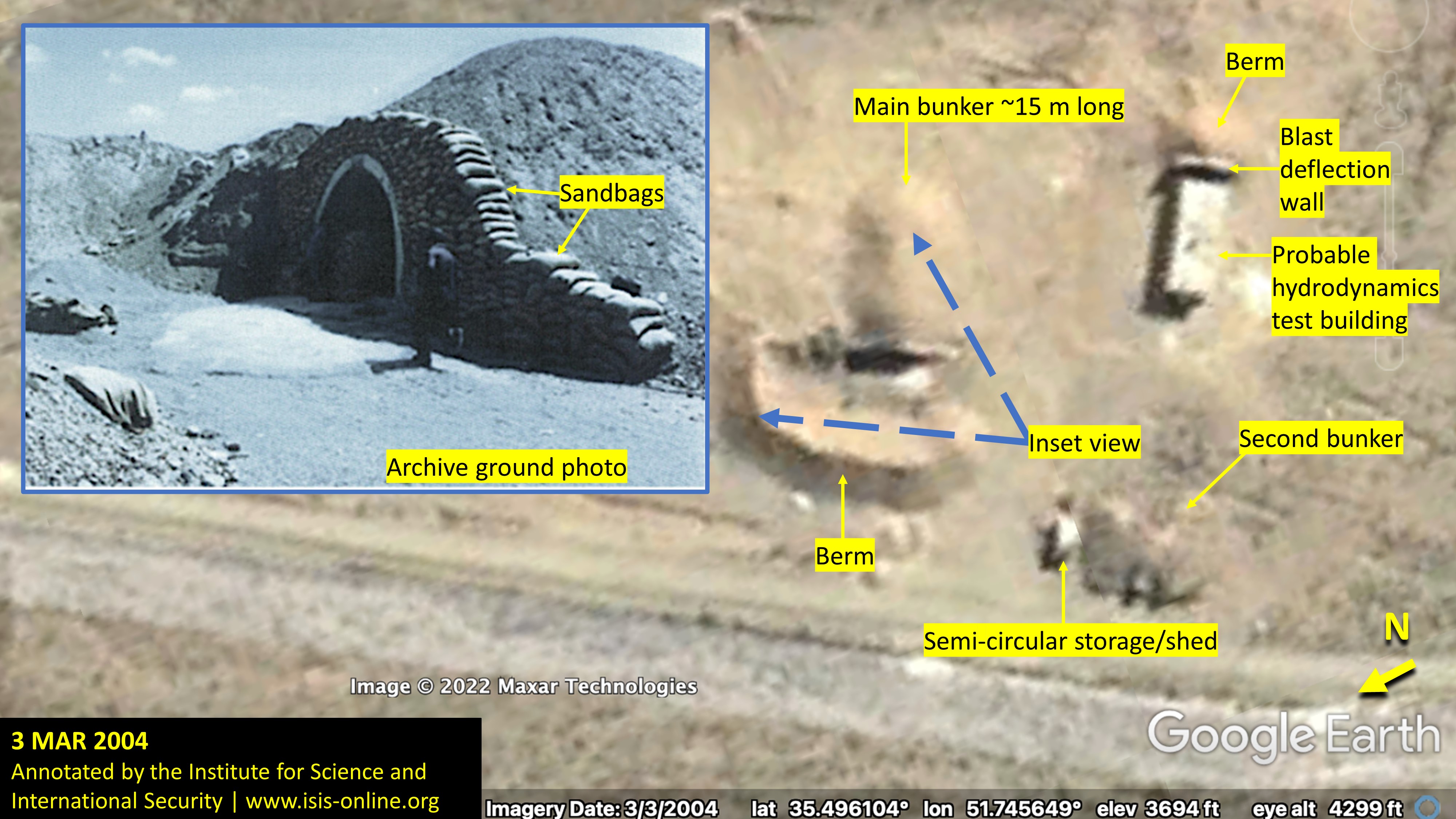
Figure 2. The Golab Dareh site in March 2004 featured a large bunker and a building suitable for nuclear-weapons related testing and developing high-speed diagnostic equipment.
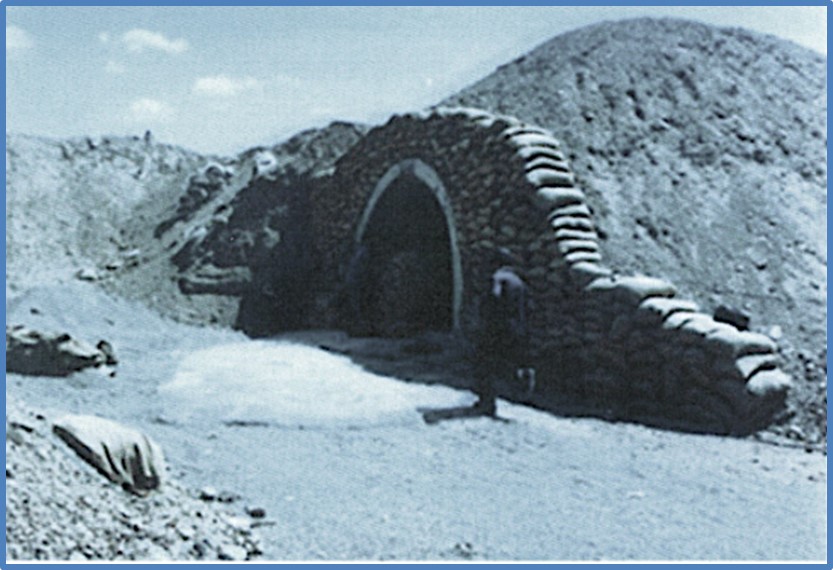
Figure 3. A ground photo from the Nuclear Archive shows the entrance area of the main bunker.
The Amad Plan conducted at least 41 tests at this site between September 2002 and April 2003. Figure 4 is from a translated table from the Amad Plan, found in the Nuclear Archives, tabulating the number of tests at the four main nuclear weapons-related testing locations over this seven-month period. The other three test locations are Taleghan 1 and 2 at Parchin, featuring two high-explosive test chambers; the Sanjarian site with two more chambers, called Upper and Lower Nour-Abad;4 and the Marivan outdoor testing site.5 (Three tests were conducted under project name Pour Midani, which is excluded here because the tests were related to explosive yield measurements vital for testing underground a finished nuclear explosive device.6) The table lists a total of 189 tests at these four sites over that seven-month period, of which about 20 percent were conducted at Golab Dareh. This fraction should not be seen as indicating the relative importance of the testing campaigns at Golab Dareh compared to the other sites, but it does show that Golab Dareh was an active Amad Plan testing site.
As we reported earlier, according to senior Israeli officials knowledgeable about the Nuclear Archive, this site was involved in equation-of-state experiments, including metal flyer plate and velocity experiments. It was also involved in testing photodiodes. A few examples of photodiode tests are mentioned in the Institute study on Sanjarian. A photodiode converts a light signal to a current, thus, these tests may be related to developing fast diagnostic capabilities where light from an explosion is detected in a photodiode and subsequently recorded.
Flyer plate experiments involve slamming together materials at tremendous velocities, using gases or propellants, generating high temperatures and pressures, permitting measurements of the hydrodynamic behavior of materials upon impact. High-speed diagnostic equipment monitors the impact. Such equation-of-state experiments would be necessary in the design of an implosion-type nuclear weapon, the Amad Plan’s choice, where the experiments would be generating high temperature and pressure data important to refining nuclear weapons codes. In a nuclear weapons program like Iran’s, with a weapon design based on weapon-grade uranium, such experiments would have involved natural uranium metal.
Based on archive information, Iran had a “1 Mbar gun” which is likely the device used to conduct the equation-of-state experiments at Golab Dareh. Preliminary experiments with the gun, likely involving associated diagnostic equipment, were conducted at Sanjarian. Figure 5 is an archive photo showing the gun that may have been used to propel the flyer plate, suggesting the experiments used propulsion methods rather than gases. The firing system involved propellant and a firing mechanism using the properties of a flat distributor (the channels in the distributor have been obscured digitally in the photo). This initiation method was pioneered by the ex-Soviet nuclear weapons expert Vyacheslav Danilenko. A larger, hemispherical variant was used for initiating the high explosives in the nuclear weapons.
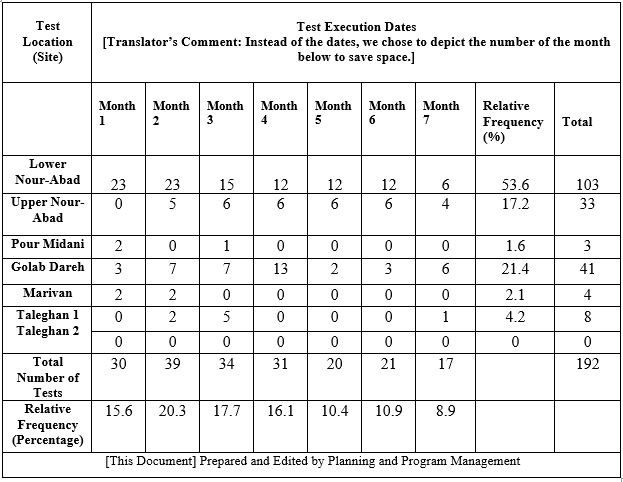
Figure 4. Translation of a Nuclear Archive table documenting the number of tests across the Amad Plan’s nuclear weapons development testing sites over a seven-months period from March 2002 to April 2003.
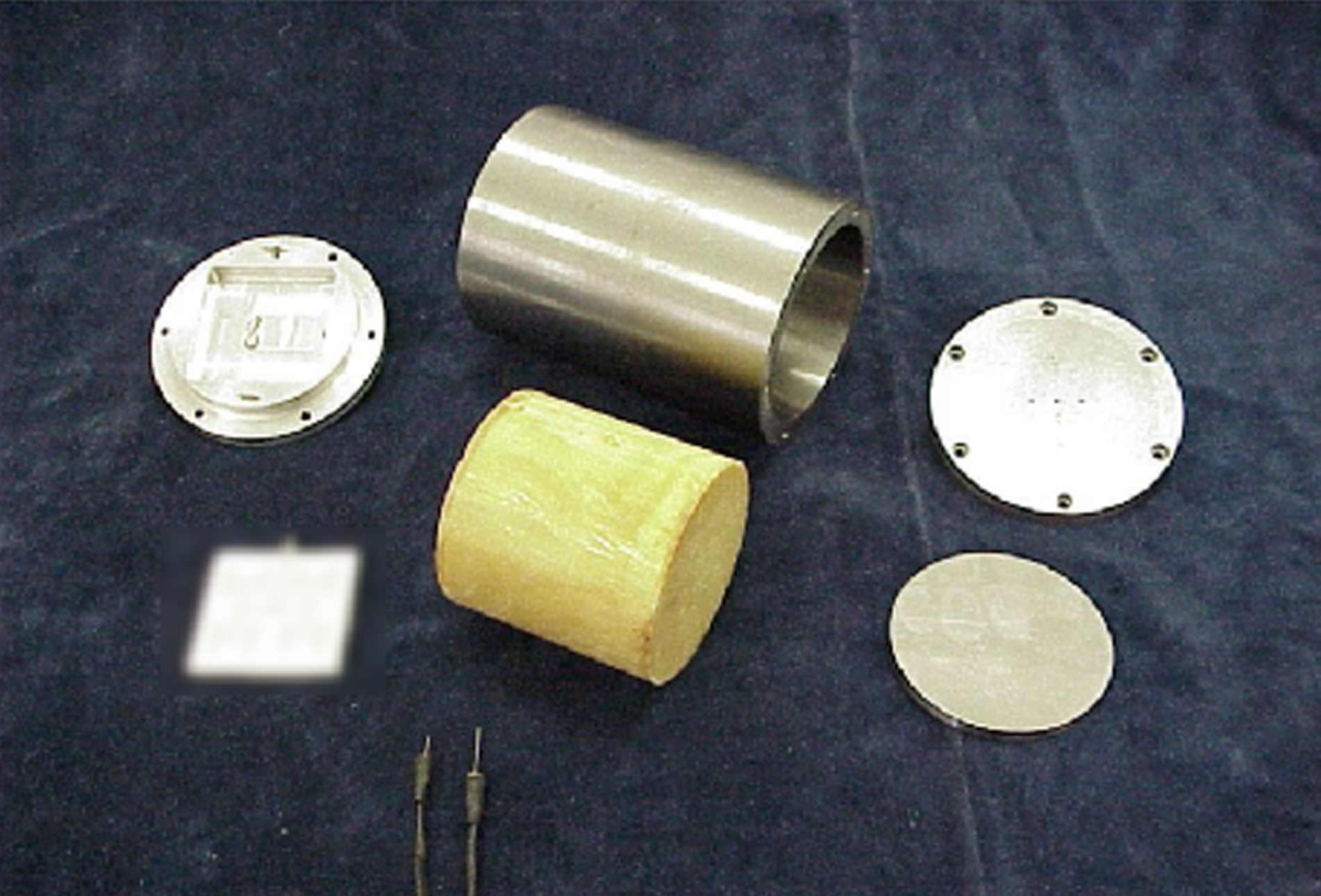
Figure 5. A gun system, with propellant, used to fire flyer plate. Image from Nuclear Archive.
Details of the Site
The Golab Dareh site is small and surrounded by other military facilities in the southern part of the Parchin complex. It is not located in or near the Tehran district carrying the same name. It does not appear to have its own security perimeter and it does not appear to have been destroyed or dismantled, at least not to an extent visible in available satellite imagery, as of August 2022. The coordinates for the site are 35.49548N , 51.74423E.
The site consists of one main bunker with an L-shaped earthen berm, and a second, smaller bunker. Based on its adjacency to the other structures, a rectangular flat-roofed building appears to be part of the site. It features a probable vent on the roof, and a blast deflection wall that is backed by an earthen berm on the east end of the facility. Given the layout of this facility, it is likely that the building was designed for some form of hydrodynamics testing, likely involving the gun device described above.
The triangular arrangement between the secondary bunker, the main bunker and the building indicates that the smaller bunker could have served as a control bunker. Further, a semicircular object is visible near the smaller bunker, which could be for storage.
The ground image of the main bunker from the Nuclear Archive, when compared with another ground image found on suSPNDed.org, provides enough indicators to assess that they are likely the same bunker (see Figure 6), and that the main bunker is about twice the height of an average person, or roughly 3.5 meters tall. Both images show stacks of sandbags around the bunker entrance. The second, probable ground image not only shows the sandbags, but, in addition, holes in the bunker lining, assessed as probable explosive testing ejecta divots.
The precise location of the equation-of-state experiments is difficult to determine. Two sites are possible–the main bunker faced with a berm or the slightly longer nearby building with a blast deflection wall and berm at its east end. Either location could be capable of conducting such tests, where impact debris must be contained, but a building can provide a more controlled laboratory environment.
The site underwent substantial changes between the first available Google Earth image, dated July 2002, and the next available from March 2004. Between the two dates, the building and the blast protection wall were added. Further visible changes occurred around 2009, when an earthen berm was added perpendicular to the main bunker. Additional minor changes were also noted between 2011 - 2012.
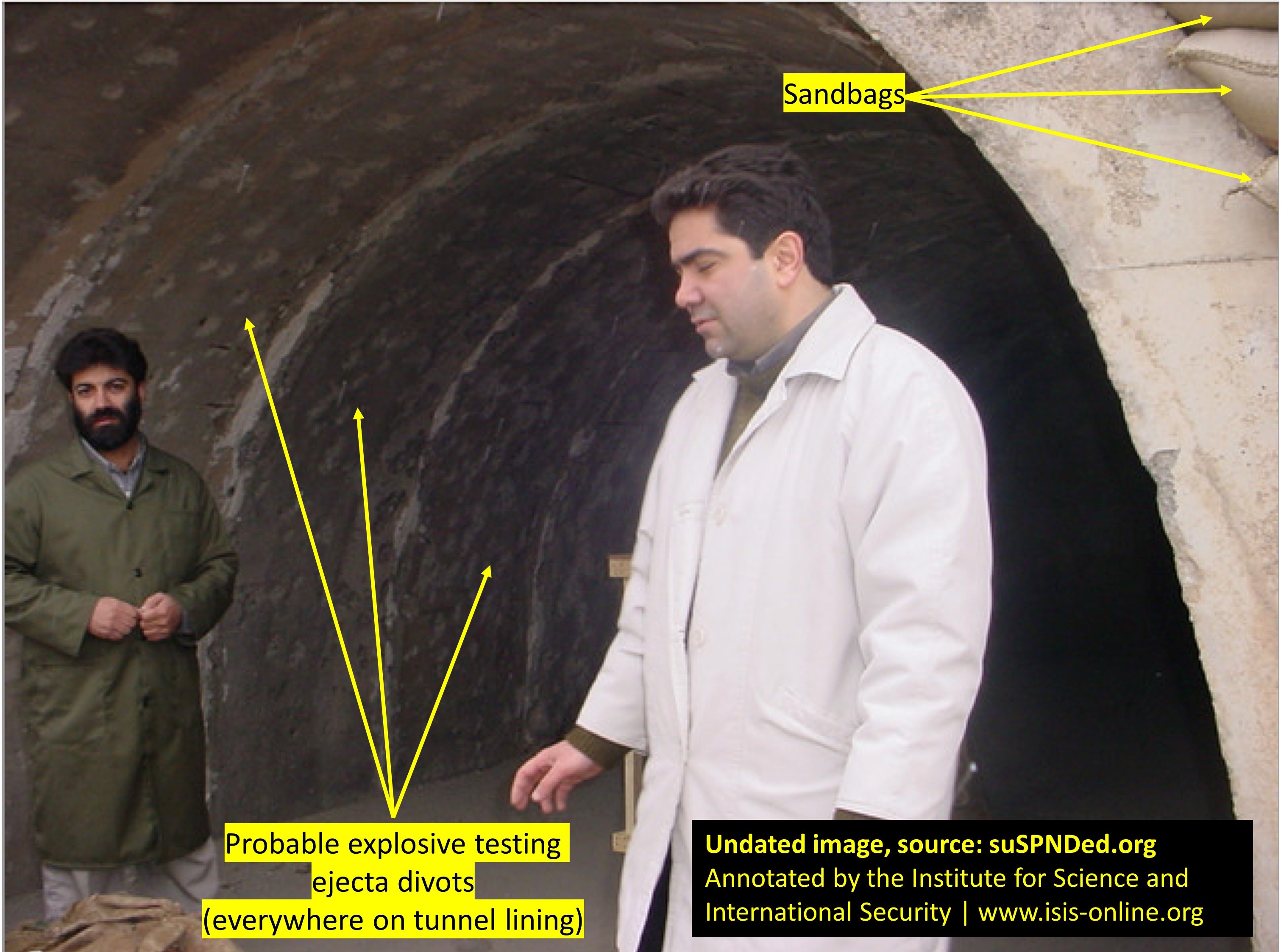
Figure 6. Probable ground photo of the Golab Dareh main bunker. Source: suSPNDed.org.
1. With help from the Good ISIS Team. ↩
2. David Albright with Sarah Burkhard and the Good ISIS Team, Iran’s Perilous Pursuit of Nuclear Weapons (Washington, D.C.: Institute for Science and International Security Press, 2021). Available at: https://www.politics-prose.com/book/9781624294006. Read the highlights here: https://isis-online.org/isis-reports/detail/highlights-of-irans-perilous-pursuit-of-nuclear-weapons/. ↩
3.IAEA Director General Rafael Grossi has been indicating that the number of sites with undeclared uranium exceeds the four named locations at the center of his reports to the Board of Governors. For example, he wrote: “[Some of the] isotopically altered particles [found at Turquz Abad] must have come from another unknown location.” See: IAEA Director General, NPT Safeguards Agreement with the Islamic Republic of Iran, GOV/2022/26, May 30, 2022, https://isis-online.org/uploads/iaea-reports/documents/gov2022-26.pdf. ↩
4. David Albright and Olli Heinonen, “Shock Wave Generator for Iran’s Nuclear Weapons Program: More than a Feasibility Study,” Institute for Science and International Security, May 7, 2019, https://isis-online.org/isis-reports/detail/shock-wave-generator-for-irans-nuclear-weapons-program-more-than-a-feasibil. ↩
5. David Albright, Sarah Burkhard, and Frank Pabian, “Abadeh is Marivan (Revised and Updated): A Key Iranian Former Secret Nuclear Weapons Development Test Site”, Institute for Science and International Security, November 18, 2020, https://isis-online.org/isis-reports/detail/abadeh-is-marivan-irans-former-secret-nuclear-weapons-development-test-site/8 Also see follow-on reports, such as: David Albright and Sarah Burkhard, “More Demolition at the Marivan Former Nuclear Weapons Development Site,” Institute for Science and International Security, March 1, 2022, https://isis-online.org/isis-reports/detail/more-demolition-at-the-marivan-former-nuclear-weapons-development-site/8. ↩
6. David Albright, Sarah Burkhard, Olli Heinonen, Frank Pabian, and Andrea Stricker, “Project Midan: Developing and Building an Underground Nuclear Test Site in Iran,” Institute for Science and International Security, April 2, 2019, https://isis-online.org/isis-reports/detail/project-midan-developing-and-building-an-underground-nuclear-test-site-in-i/8. ↩

 twitter
twitter